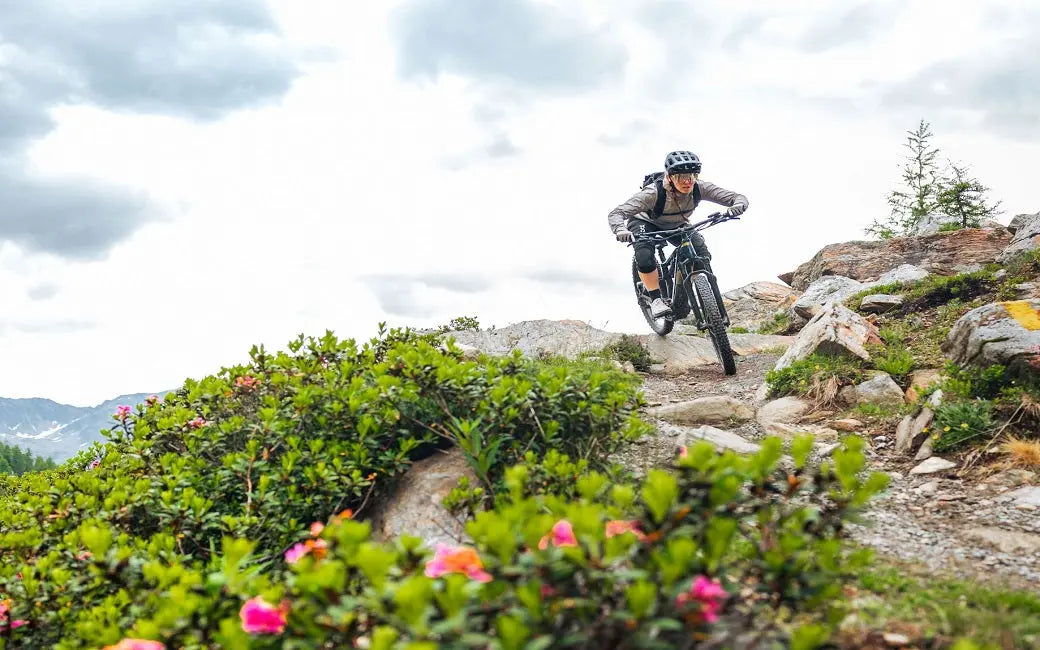
- by HOVSCO Official
How to Ride Your Electric Bike in the Dark: 3 Essential Tips
- by HOVSCO Official
Riding your electric bike in the dark requires extra preparation and awareness. Use bright lights, wear reflective gear, and plan your route carefully to maximize safety. These 3 tips for riding your electric bike in the dark will help you stay visible, confident, and protected throughout your nighttime journeys.
Selecting the proper lighting is the most critical of the 3 tips for riding your electric bike in the dark. Equip your bike with a headlight, taillight, and integrated brake light. Aim for a headlight with at least 200 lumens for street riding, but avoid overly bright lights that can blind others. Reflective stickers on your frame and fenders further enhance visibility.
Chart: Recommended Lighting for Electric Bike Night Riding
| Light Type | Minimum Lumens | Purpose |
|---|---|---|
| Headlight | 200+ | Illuminate path, be seen |
| Taillight | Visible 300ft | Alert vehicles from behind |
| Brake light | Integrated | Signal stops to others |
| Reflective stickers | N/A | Enhance side visibility |
Wearing reflective clothing is the second of the 3 tips for riding your electric bike in the dark. Choose a fluorescent or reflective jacket, vest, or helmet, and consider reflective leggings or pants. Motion on your legs is highly noticeable to drivers. Add reflective accessories to your backpack, shoes, and bike for all-around visibility.
Planning your route is the third of the 3 tips for riding your electric bike in the dark. Stick to well-lit, familiar roads or bike paths. Avoid isolated or poorly maintained areas. Use a GPS or smartphone app to navigate and share your route with someone you trust. Knowing your path reduces the risk of unexpected hazards and helps you stay safe.
Chart: Route Planning Considerations for Night Rides
| Factor | Recommendation |
|---|---|
| Lighting | Choose well-lit streets/paths |
| Familiarity | Prefer known routes |
| Traffic | Avoid high-traffic areas |
| Emergency contacts | Inform someone of your route |
All electric bike models, from urban commuters to trail explorers, benefit from these 3 tips for riding your electric bike in the dark. Whether your e-bike is designed for city streets or mountain paths, proper lighting, reflective gear, and route planning ensure you remain visible and safe. HOVSCO e-bikes, known for their innovative features, are compatible with a wide range of lighting and safety accessories to enhance your night rides.
Beyond the 3 tips for riding your electric bike in the dark, always check your brakes, tires, and battery before heading out. Ride defensively, avoid distractions like headphones, and reduce your speed to allow more time to react to obstacles. Carry a backup light or battery, and keep your phone charged for emergencies.
When purchasing accessories for riding your electric bike in the dark, prioritize high-quality headlights and taillights, reflective clothing, and accessories compatible with your e-bike. Choose reputable brands like HOVSCO for reliable lighting and safety gear. Look for weather-resistant lights and reflective materials that remain visible in rain or fog. Investing in these essentials will help you apply the 3 tips for riding your electric bike in the dark every time you ride.
“Night riding transforms the cityscape, but it demands respect for visibility and safety. At HOVSCO, we recommend always following the 3 tips for riding your electric bike in the dark: use the right lights, wear reflective gear, and plan your route. These simple habits make every night ride safer and more enjoyable for all e-bike enthusiasts.”
What is the most important safety tip for riding your electric bike in the dark?
Always use a headlight and taillight to ensure you can see and be seen.
Why should I wear reflective clothing at night?
Reflective clothing increases your visibility to drivers, making nighttime riding much safer.
How do I choose the best route for night riding?
Stick to well-lit, familiar paths and avoid isolated or poorly maintained areas.
Do all electric bike models need special lights for night riding?
Yes, all e-bike models benefit from proper lighting and reflective accessories for safe night rides.
Should I ride slower in the dark?
Absolutely. Reduced visibility means you need more time to react to obstacles and hazards.
Share:
How Are E-Bike Classes Defined and Why Do They Matter?
Why Are Summer Battery Tips Essential for Your Electric Bike?